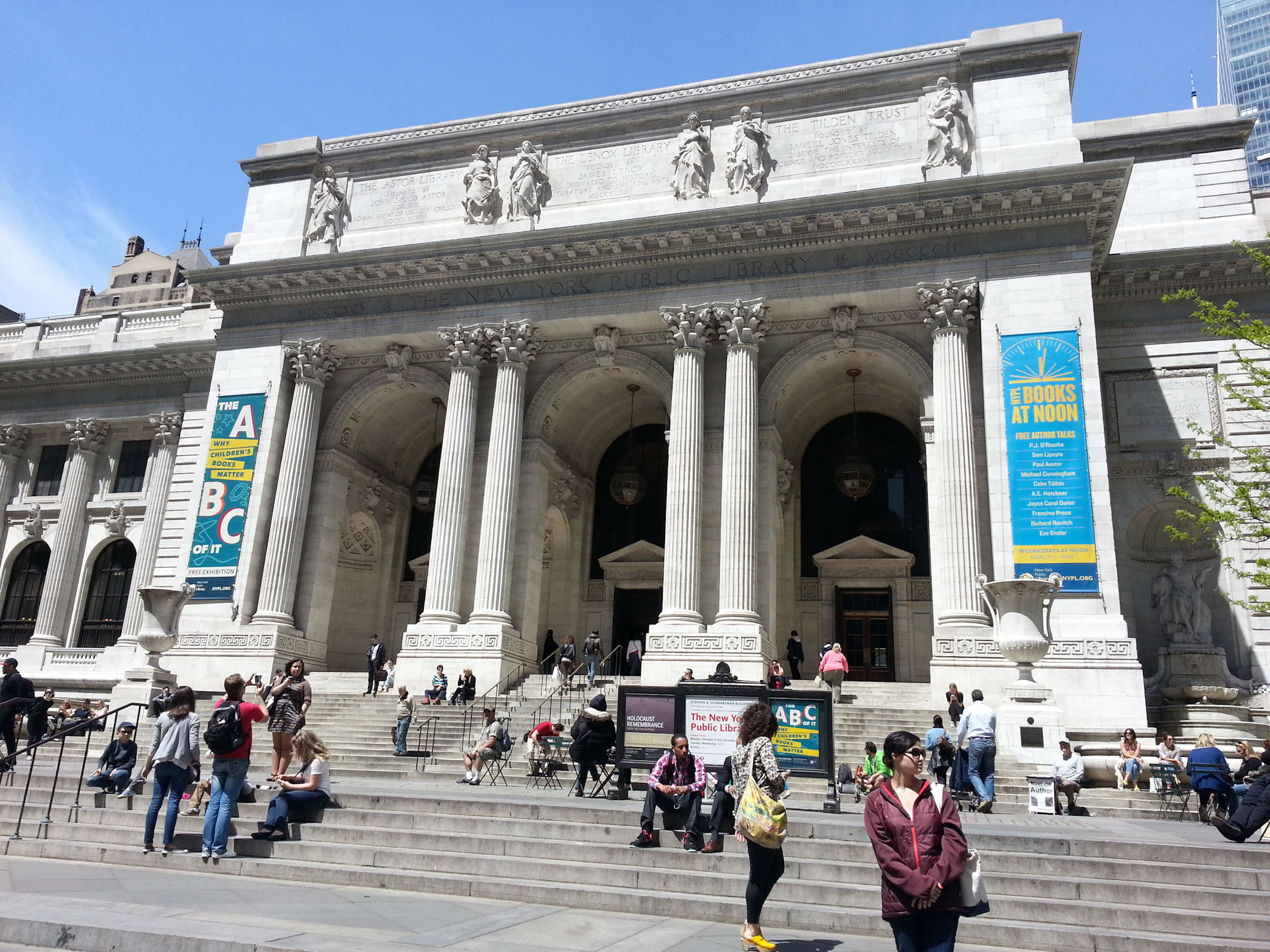
His rent is due to go up from $2,255 to $3,125 for his 10th-floor studio, but the management has offered him four additional months at his old rent, if he waives any rights he may have had to challenge the rent increase.Ī Building Initiated By an Act of Congress
THE ARCHIVE NEW YORK ARCHIVE
Keith Bacon, who has lived at the Archive since he moved to New York from London a decade ago and now runs a gourmet food products business out of his home, is still puzzling over what to do. Building managers attributed the bugs to a supermarket on the ground floor and say they affected only a few units. Tenants say that moisture in a layer of ash and fill in the floors rotted subfloors in much of the building, including all public hallways, and that unusual warehouse beetles, perhaps brought in long-ago cargoes, inhabit the deep recesses of the building and have dug their way out into some apartments. The landlord-tenant strife has also brought to light problems of the sort that sometimes surface in older buildings. Their aim is mainly delay: they hope to get a final two-year stabilized lease before they face rent increases of $1,000 a month or more. Some stayed and paid significant rent increases or, in some cases, negotiated smaller ones, while others moved out.Ī small band have hired lawyers or are in court challenging the expiration of their rent-stabilized leases, citing promises made in older leases. While the loss of rent protection at the Archive was not unexpected, it forced many longtime tenants to cast a sharp eye over their neighborhood and their lives. The initial rents, however, are set at market rates.

While the State Legislature grappled last week with the future of rent regulation for tenants in nearly one million New York City rent-stabilized apartments, the Archive is in a special category of regulated buildings: newly constructed or renovated buildings that limit rent increases for a number of years in exchange for real estate tax reductions. It is the city's only major structure in which a private preservation group was in effect an equity partner in the deal that transformed it into apartments, a hugely complex arrangement that provided more than $7 million over the years for a revolving loan fund to help brownstone owners and churches restore their landmark buildings. WHAT is now known as the Archive Building rises above Christopher Street, a block from the Hudson, like a vast red brick fortress, its rounded corner at Greenwich Street protruding upward like the prow of a powerful ship.įor more than a century, from its origins as what was heralded at the time as a major federal pork barrel project to the 14 years it took the New York Landmarks Conservancy to prod its redevelopment into 479 loftlike apartments with up to 20-foot ceilings, there has always been something bigger than life about it.Īlthough the unadorned and spare building, marked by thick brick arches and graceful granite bands, is an officially designated landmark, it also looms large in the history of preservation efforts for another reason.


 0 kommentar(er)
0 kommentar(er)
